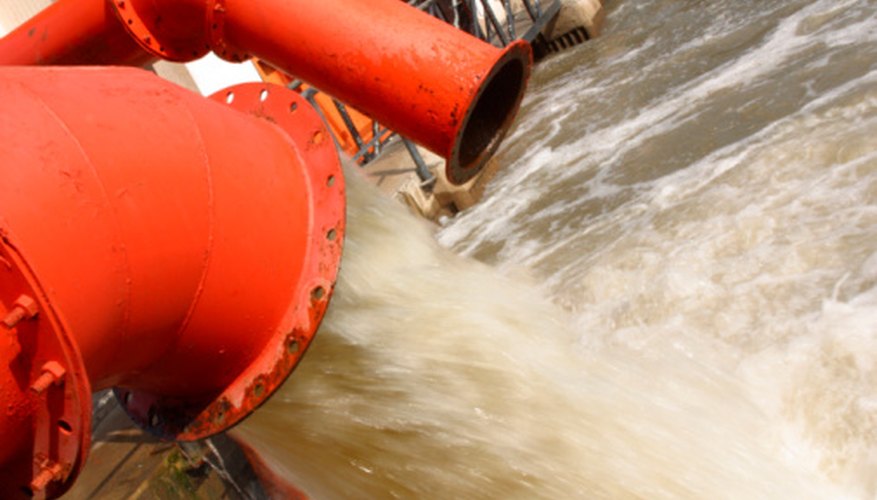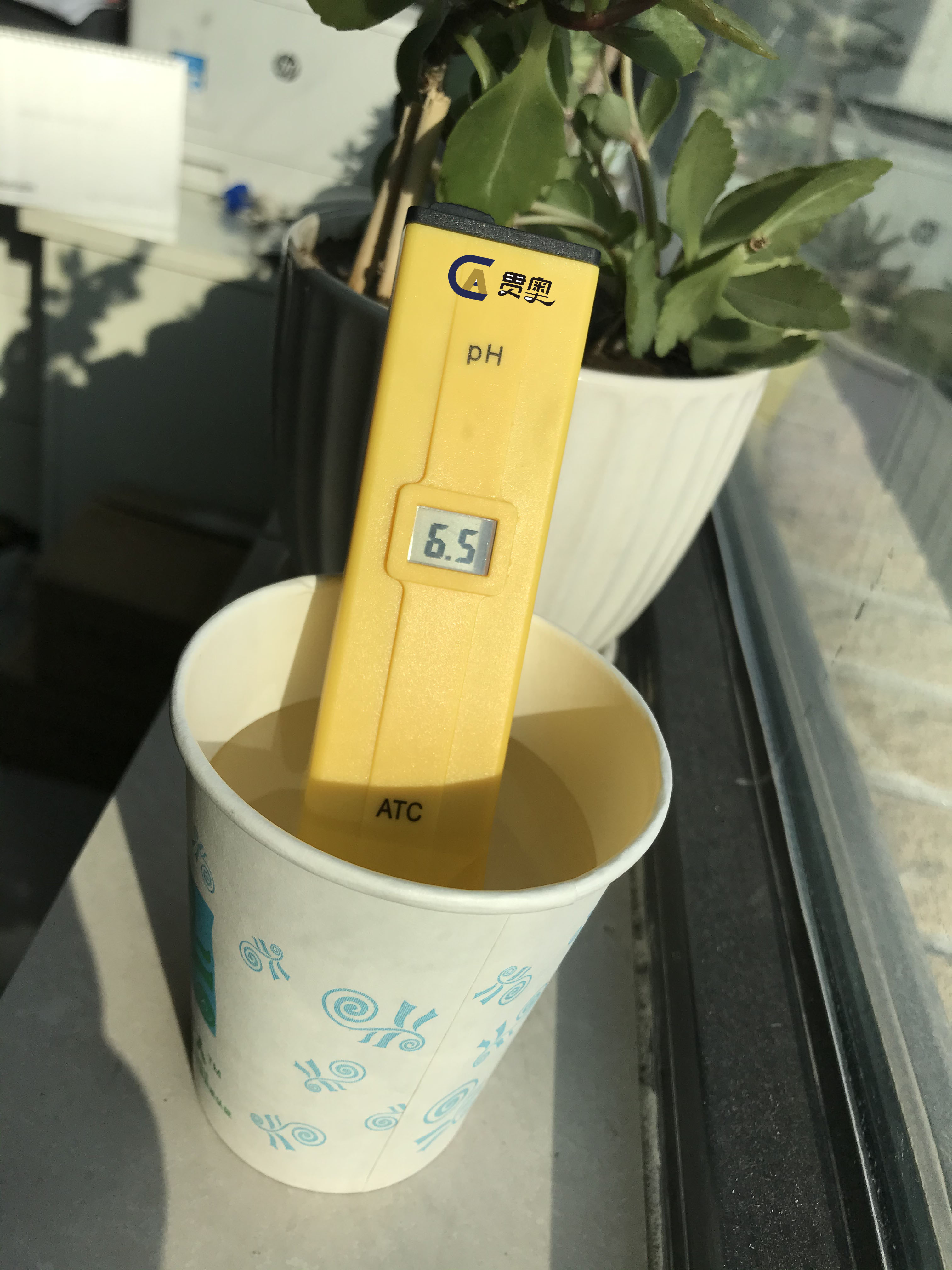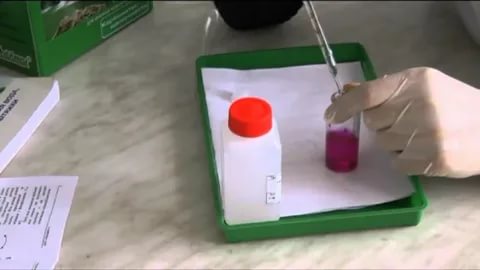
Composition type of alkalinity in water
(1) Carbonate alkalinity: The alkalinity produced by the presence of carbonate (CO3) in water is called carbonate alkalinity.(2) Bicarbonate alkalinity: the alkalinity produced by the presence of bicarbonate (HCO) in water is called bicarbonate alkalinity.
(3) Hydroxide alkalinity: The alkalinity produced by the presence of hydroxide (OH) in water is called hydroxide alkalinity.
In daily water quality testing, the content of carbonate, bicarbonate, and hydroxide ions can be obtained by measuring and calculating the alkalinity.
For wastewater and other complex systems of water, it also contains organic alkalis, metal salts, metal hydrolyzed salts, etc., which are all basicity components. In these cases, alkalinity becomes a comprehensive indicator of water, representing the sum of substances that can be titrated by strong acid.

The significance of testing water alkalinity
The determination of water alkalinity has little hygienic significance, but water containing hydroxide has astringent taste and is not suitable for drinking. The determination of alkalinity is of great significance to the engineering design, operation and scientific research of industrial water and water treatment, and it is an important comprehensive water quality index.Water alkalinity index is often used to evaluate the buffering capacity of water bodies and the solubility and toxicity of metals in it. It is a judgment index for water and wastewater treatment processes. It is an indispensable analysis item in water supply and sewage treatment. For example, in the coagulation treatment of water, it is necessary to understand the alkalinity of the water, because water with a certain alkalinity can ensure the smooth progress of the hydrolysis of the coagulant. If the alkalinity of the water is insufficient, it is necessary to add alkali in the water to increase the water. The alkalinity of the boiler; if the bicarbonate alkalinity in the boiler water is too high, the CO2 generated during the heating process will make the steam corrosive; the industrial wastewater containing alkaline substances is more complex in the recovery and treatment of the total alkali Degree is one of the main indicators to control the treatment effect.
For sewage, such as industrial wastewater with high water alkalinity, it must be neutralized before being discharged into the water body. However, for industrial wastewater, since the substances that produce alkalinity are more complicated, it is not easy to distinguish various components by ordinary methods, so it is necessary to determine the water. The total alkalinity is the total amount of substances in the water that can interact with strong acids. When alkalinity is formed by excessive alkali metal salts, alkalinity is used as an important basis for determining whether this water is suitable for irrigation.




